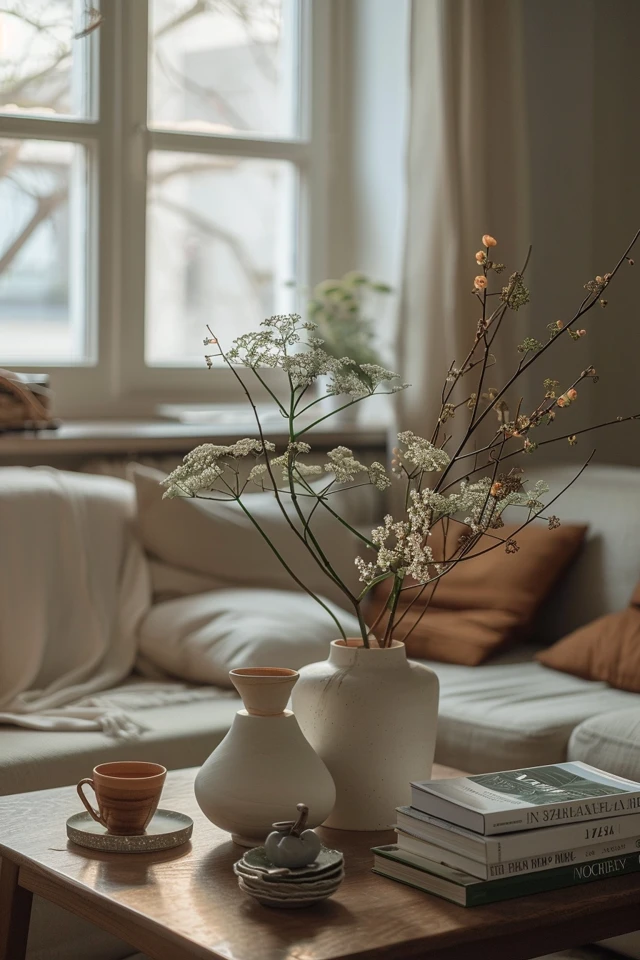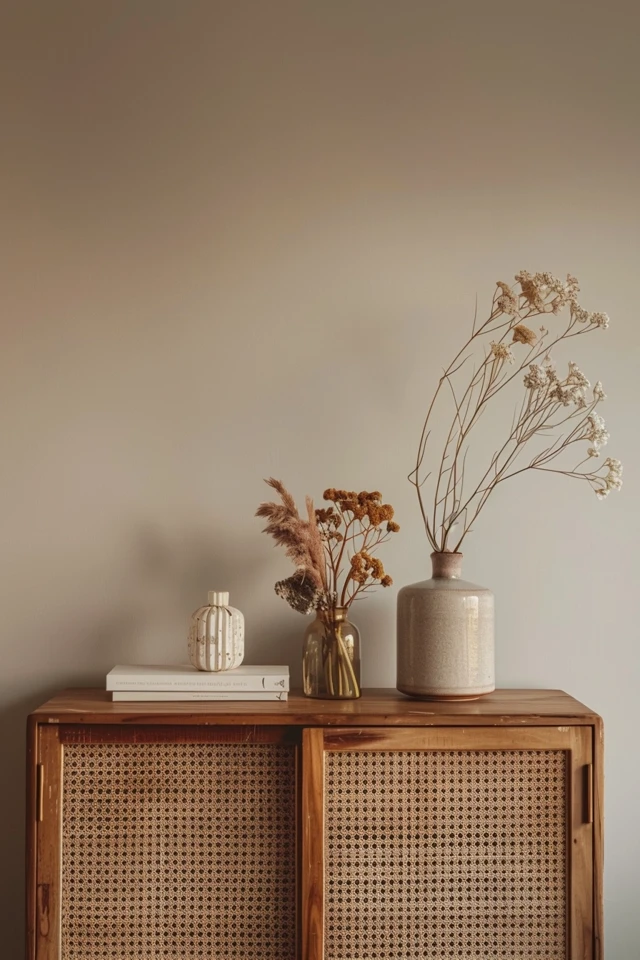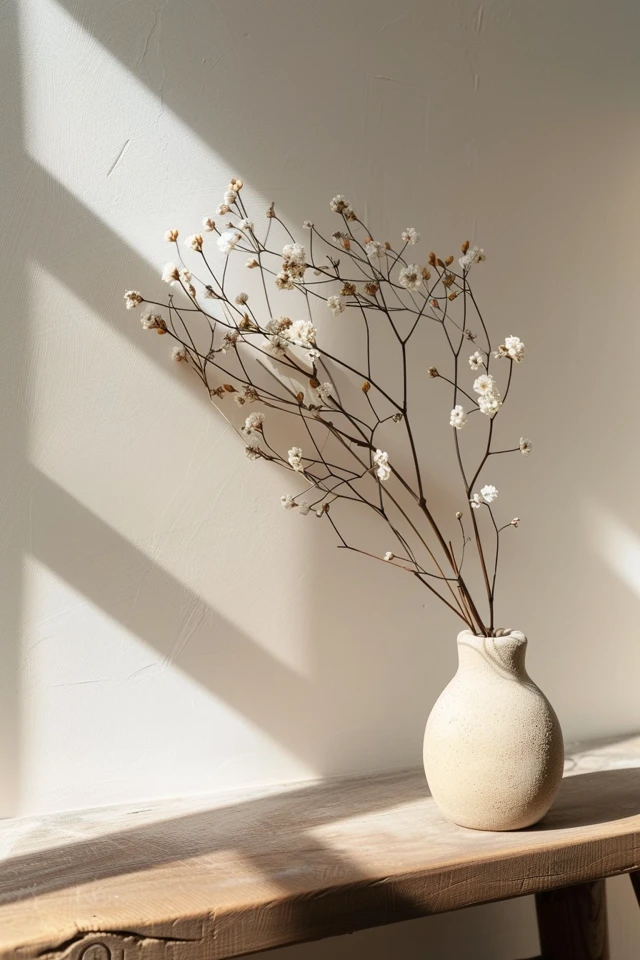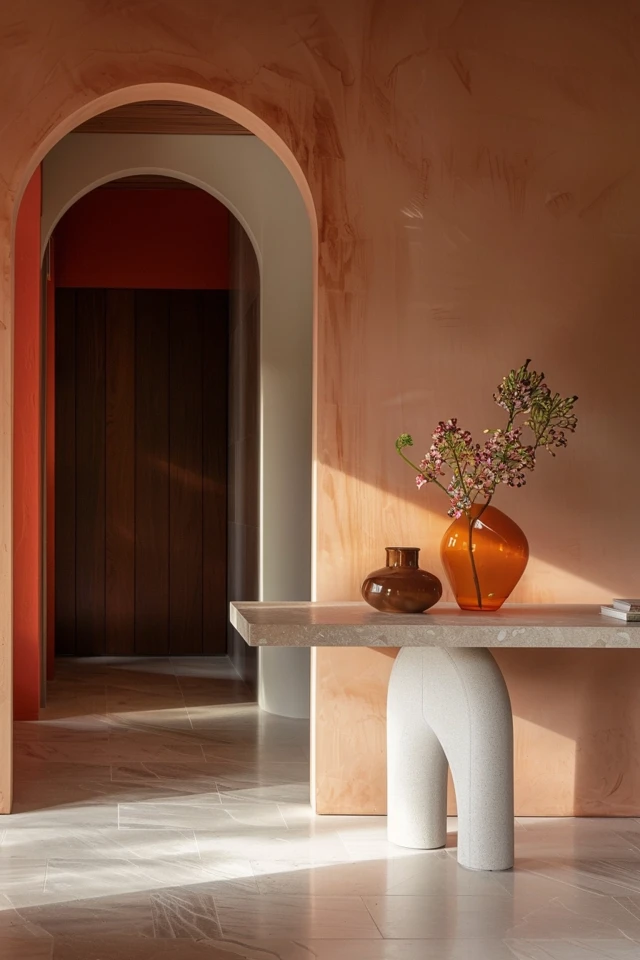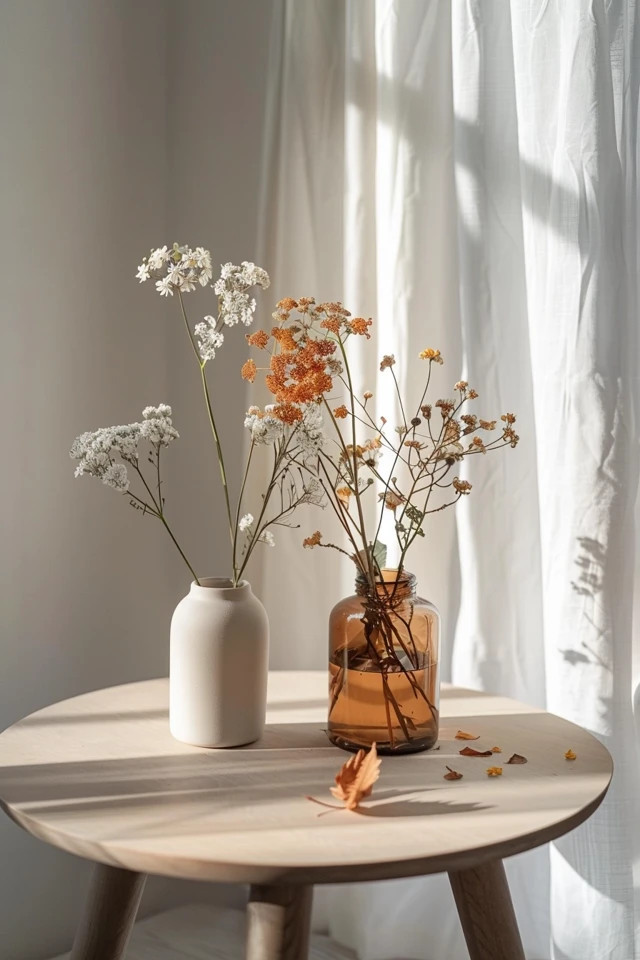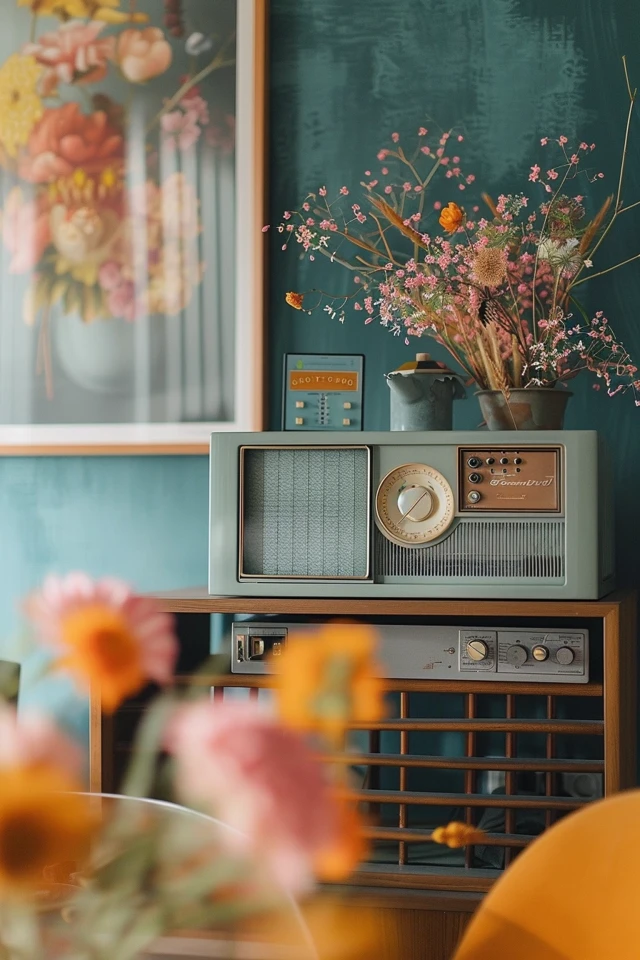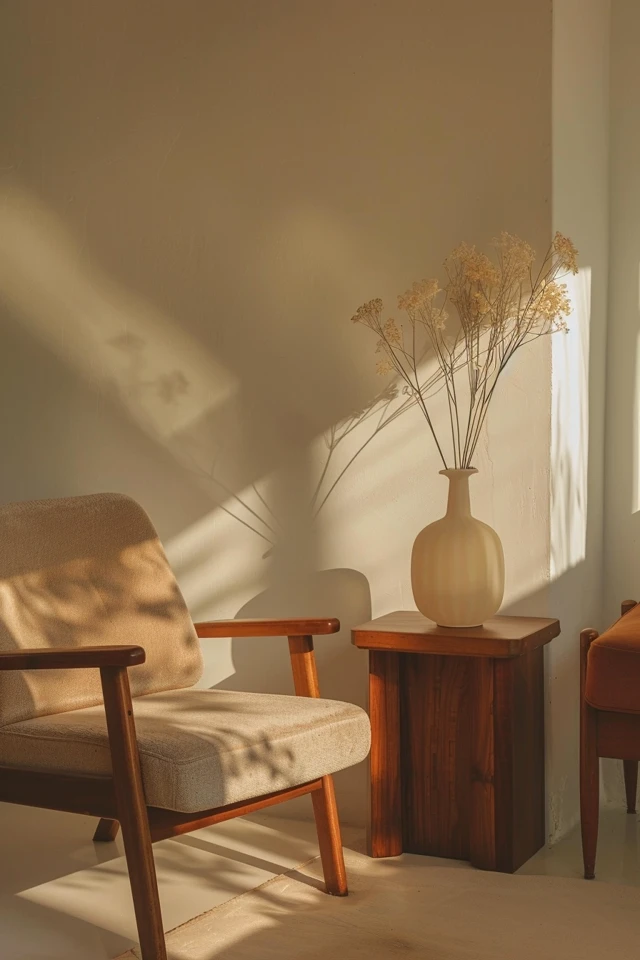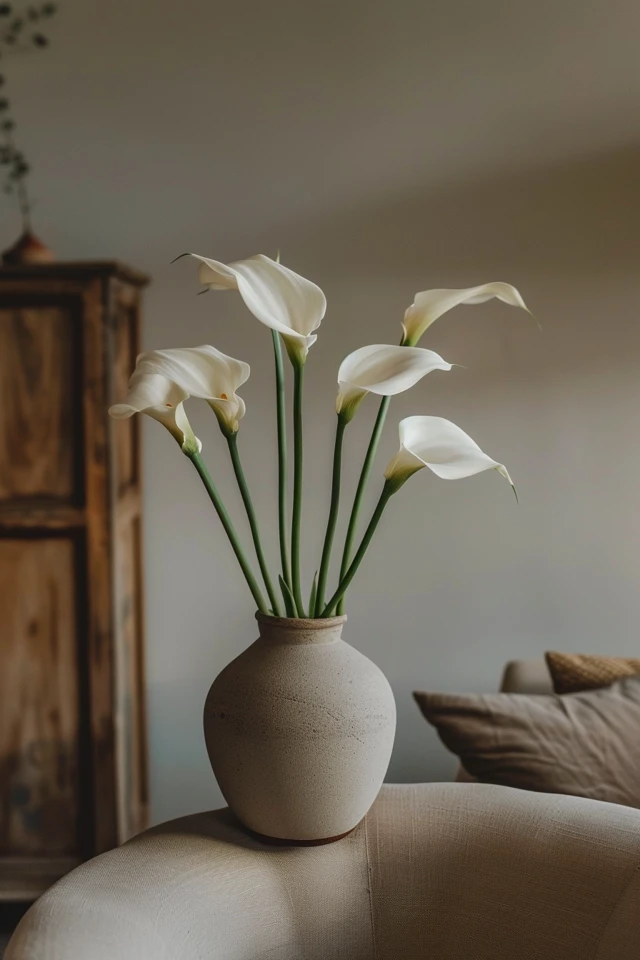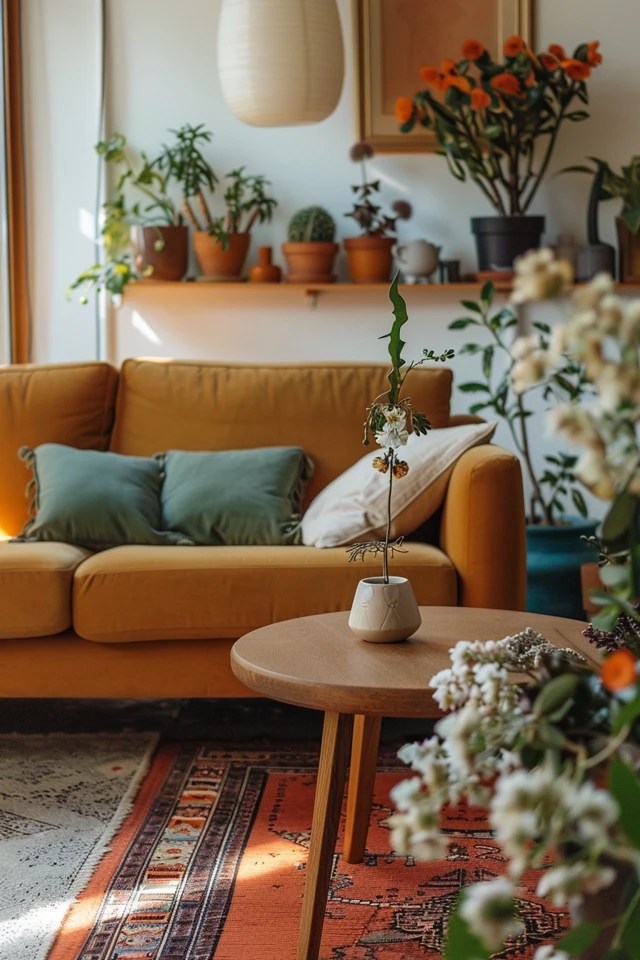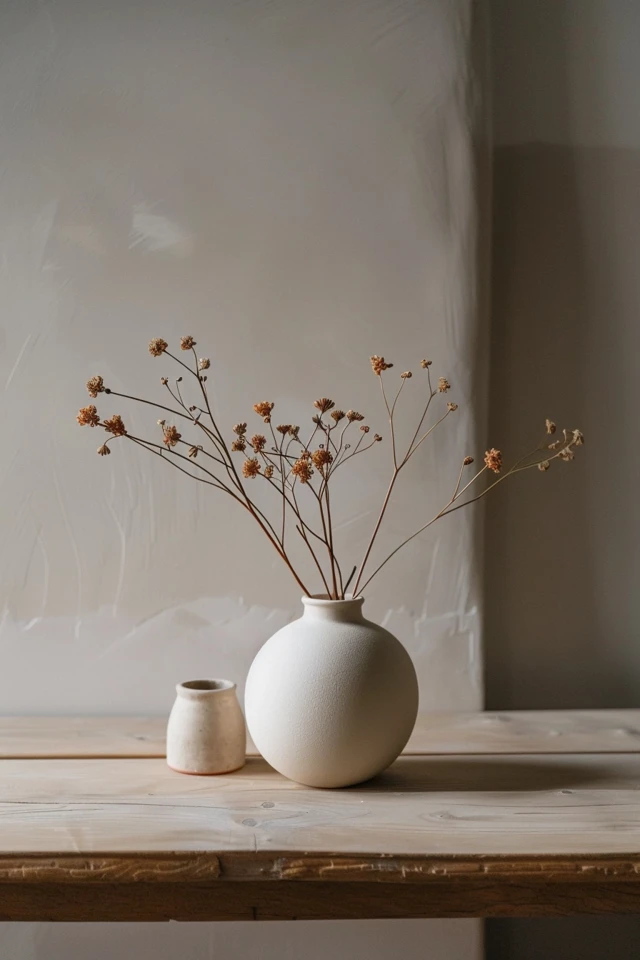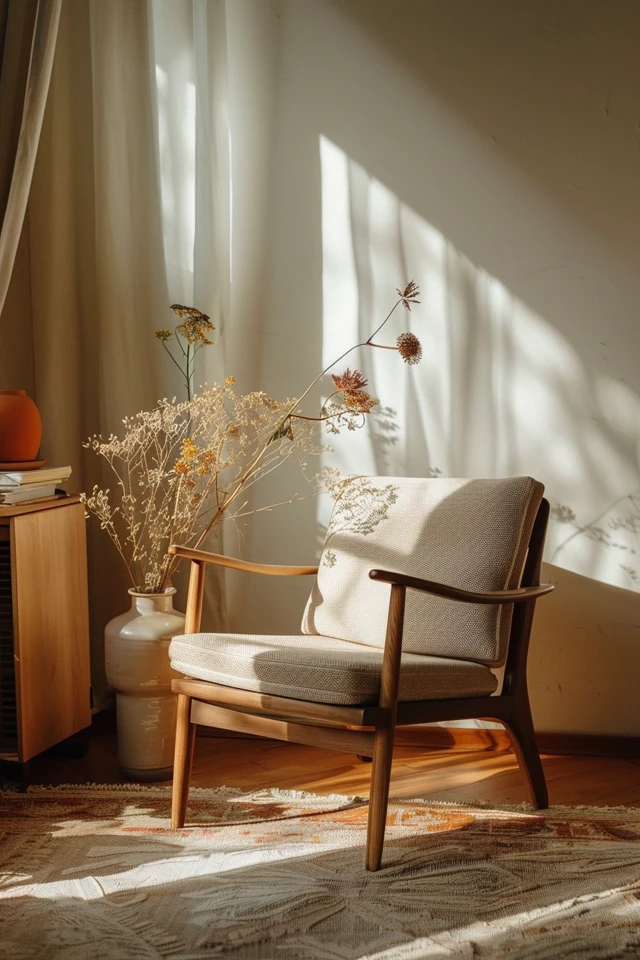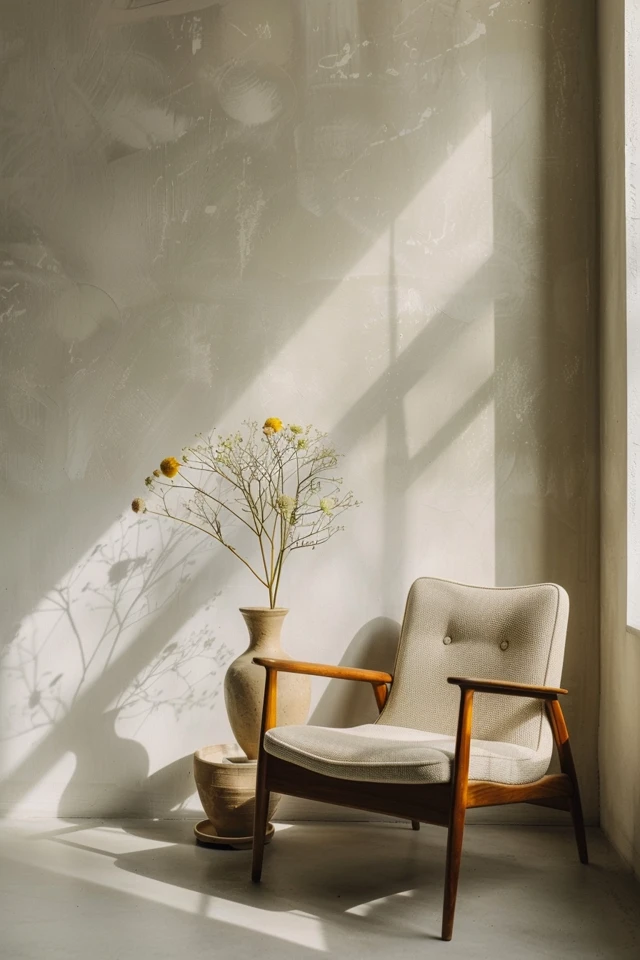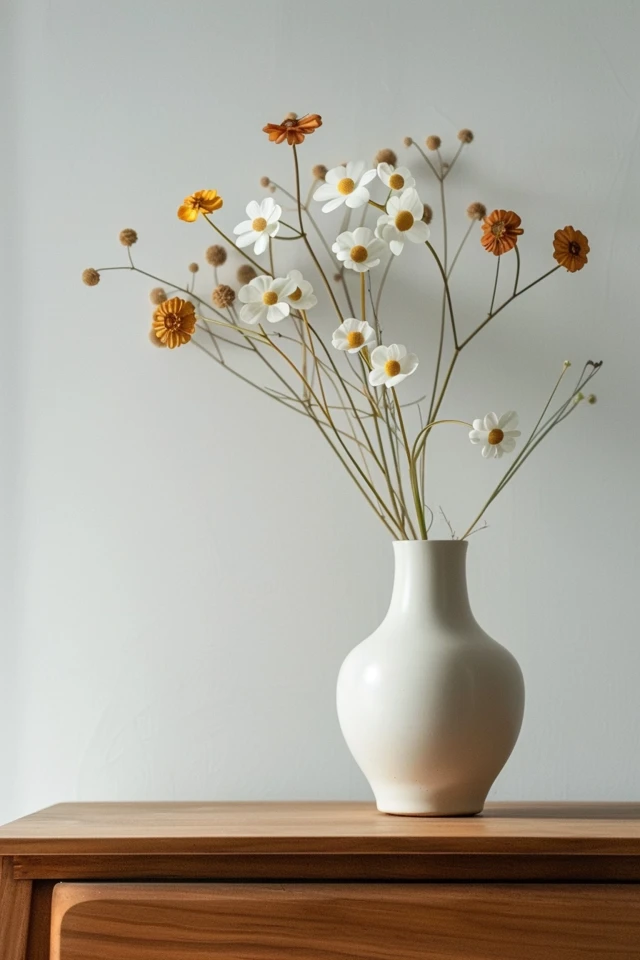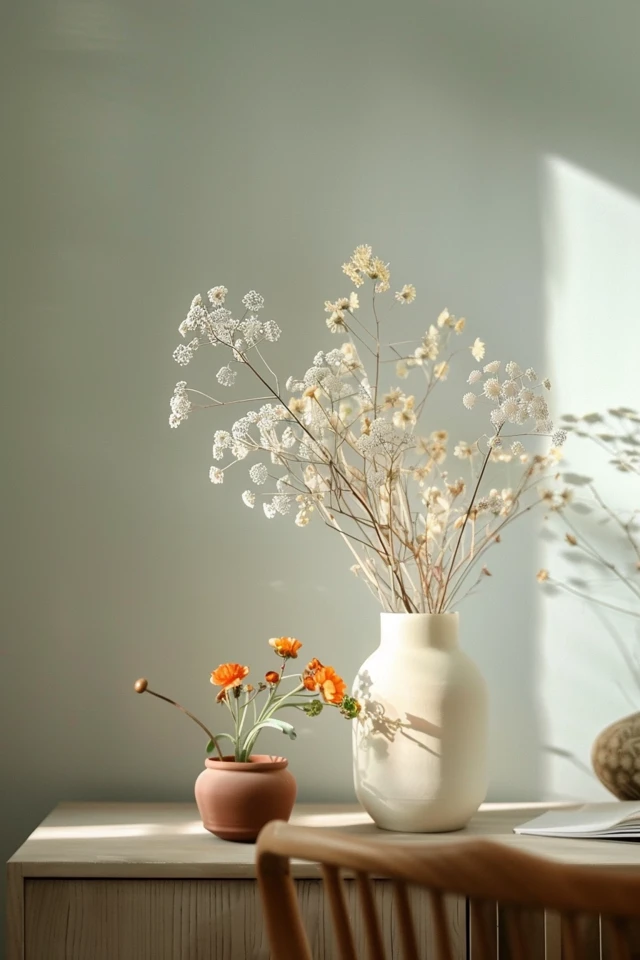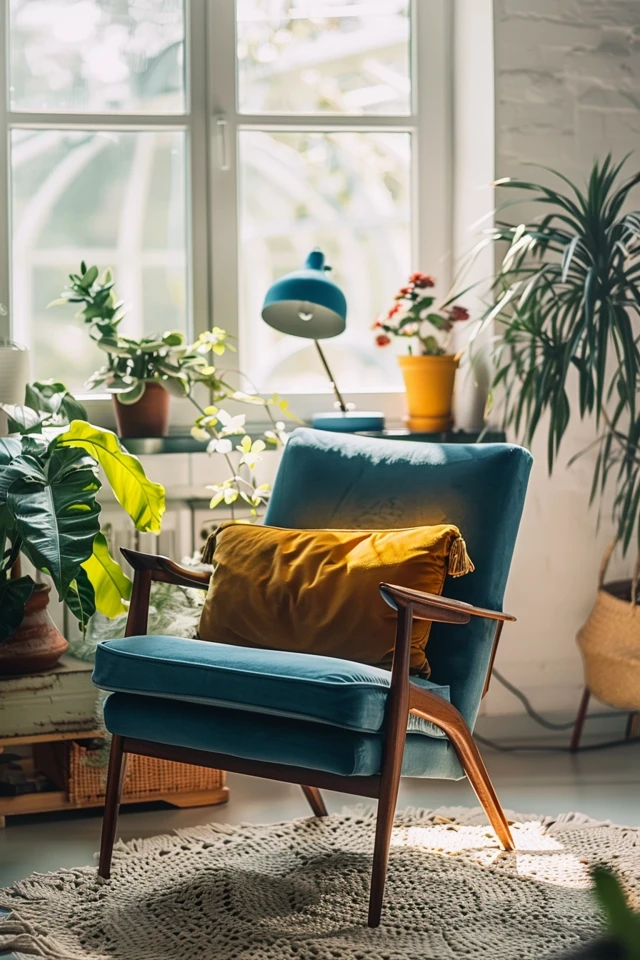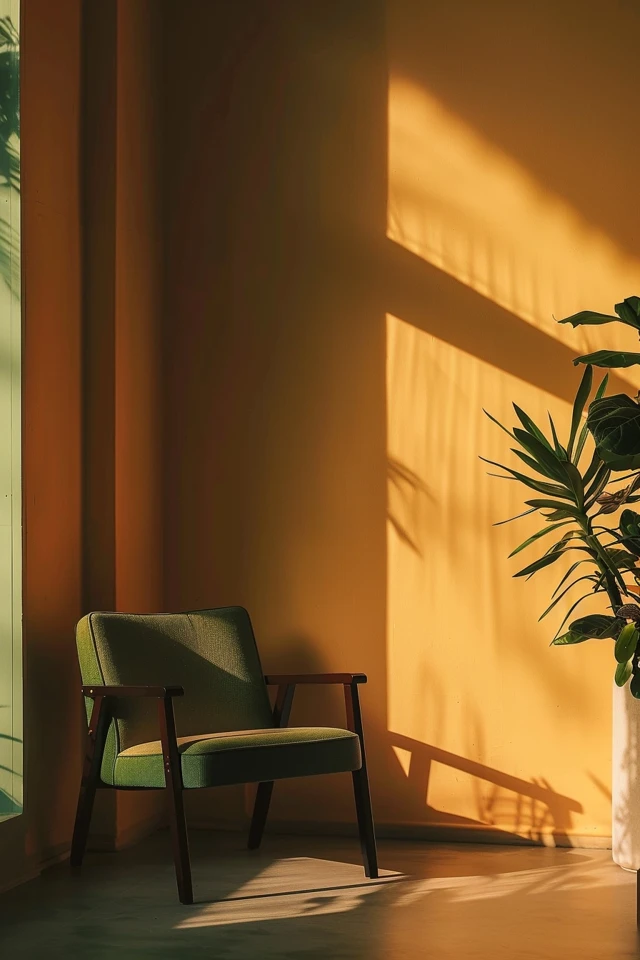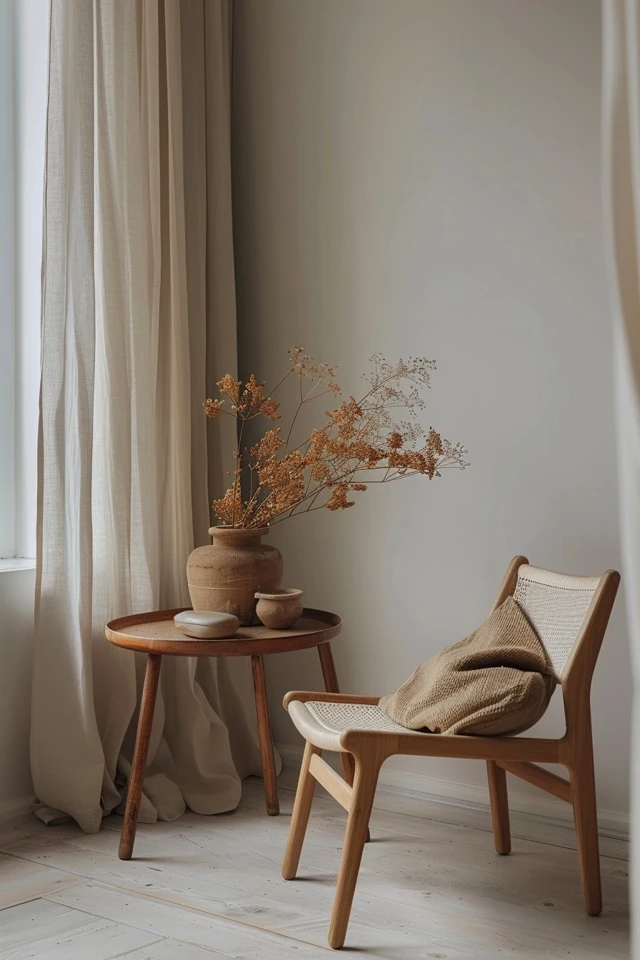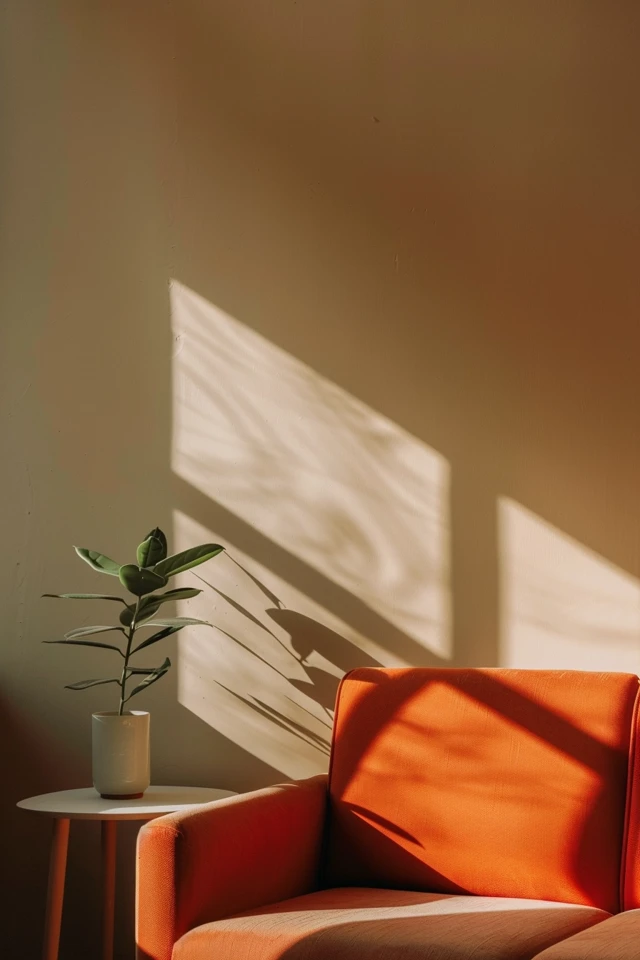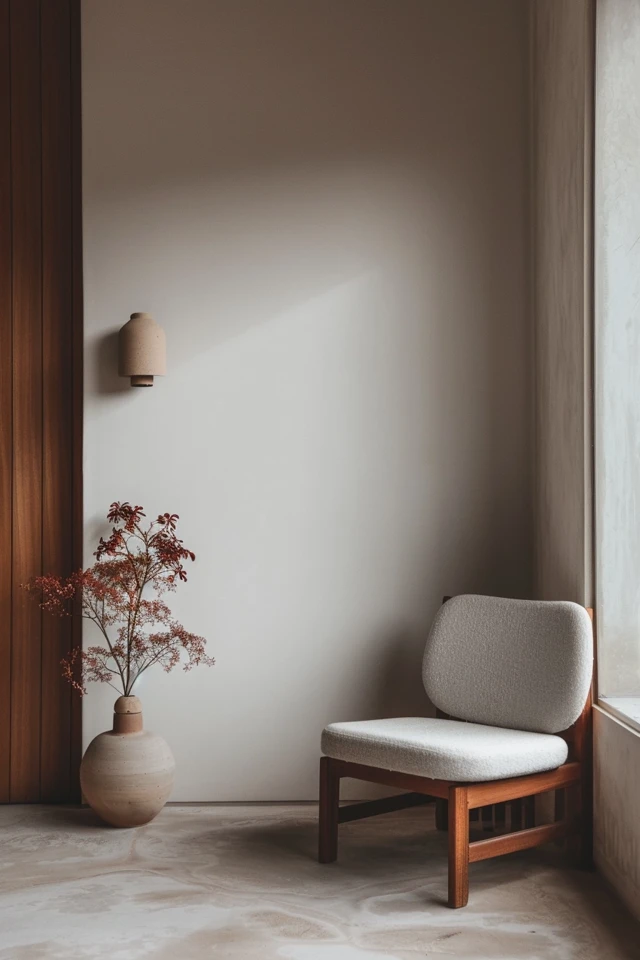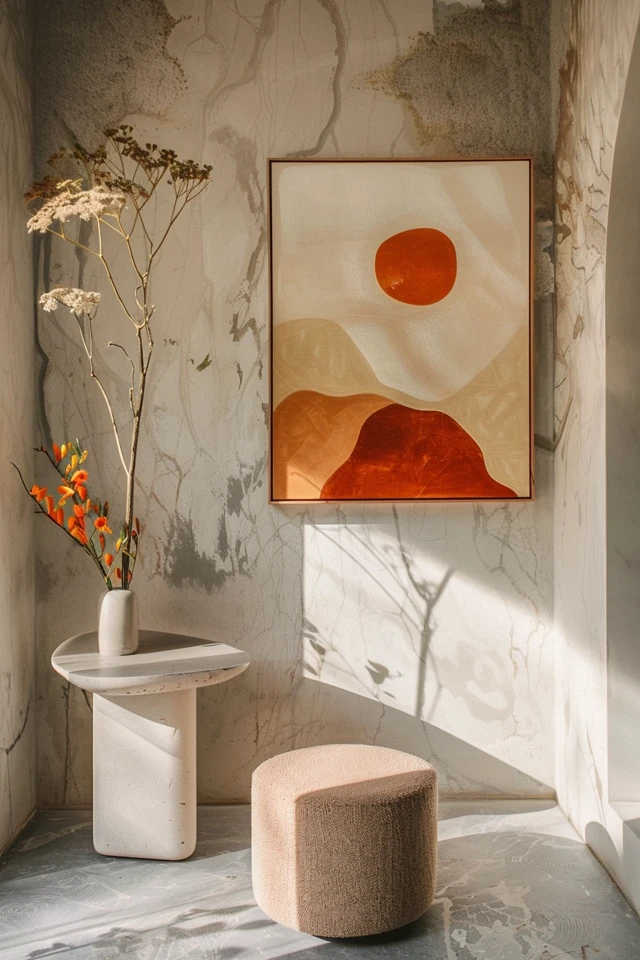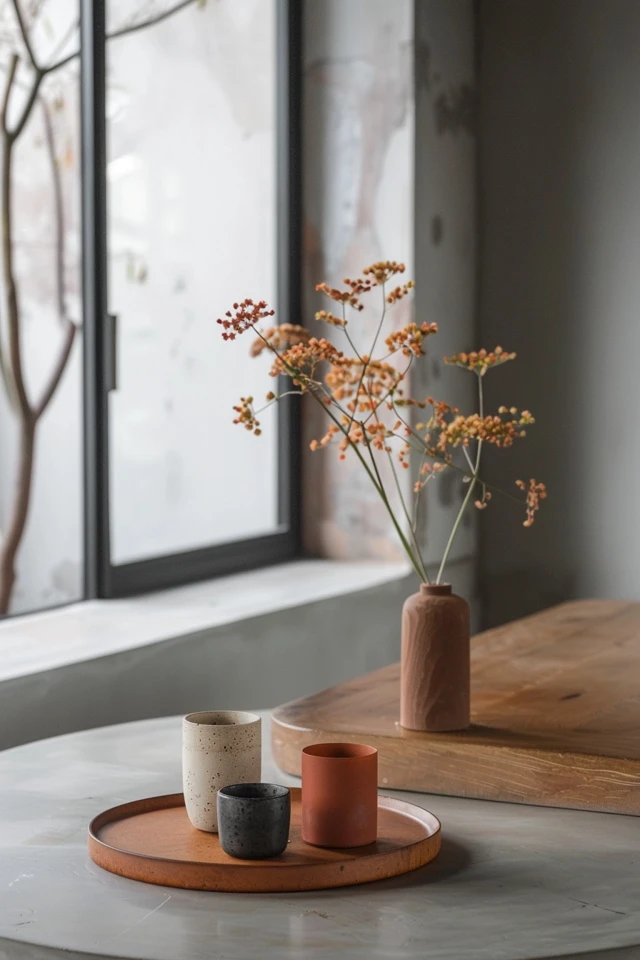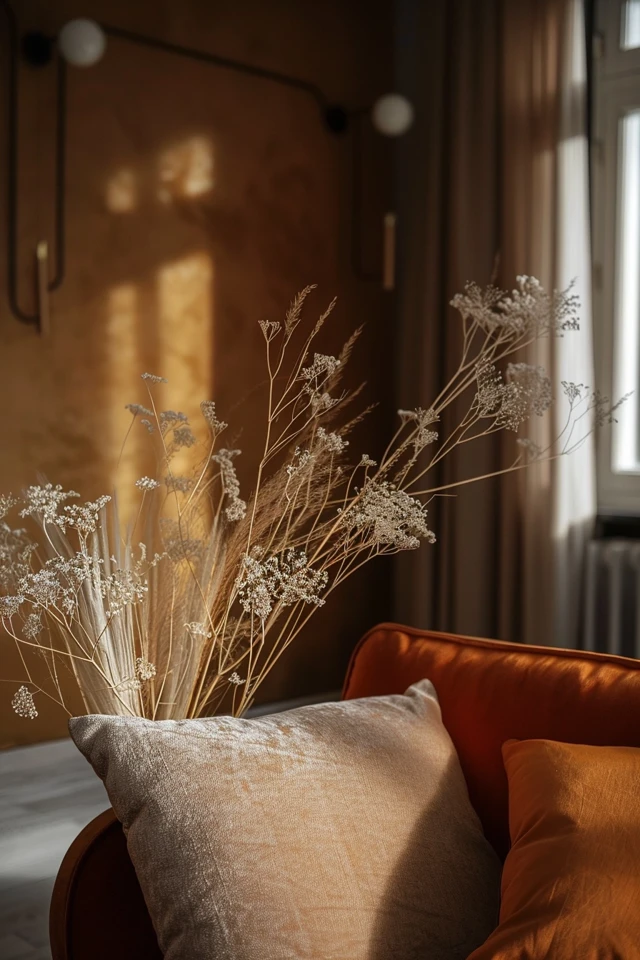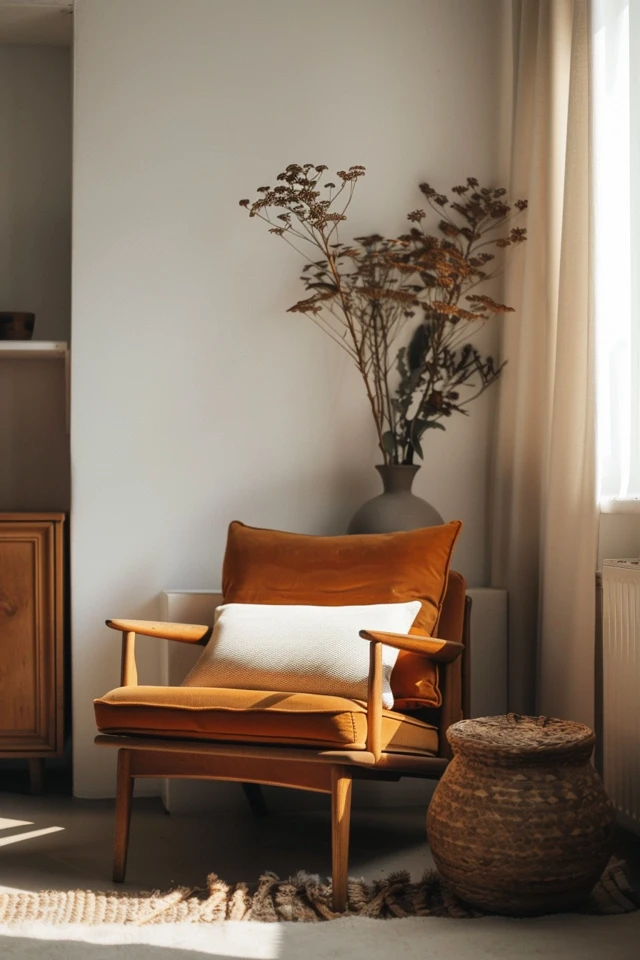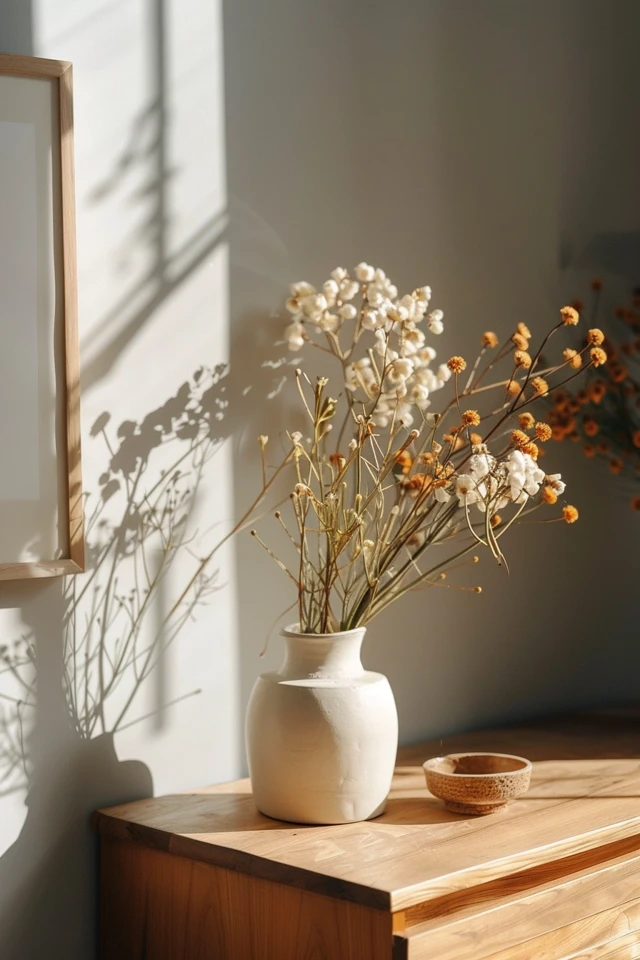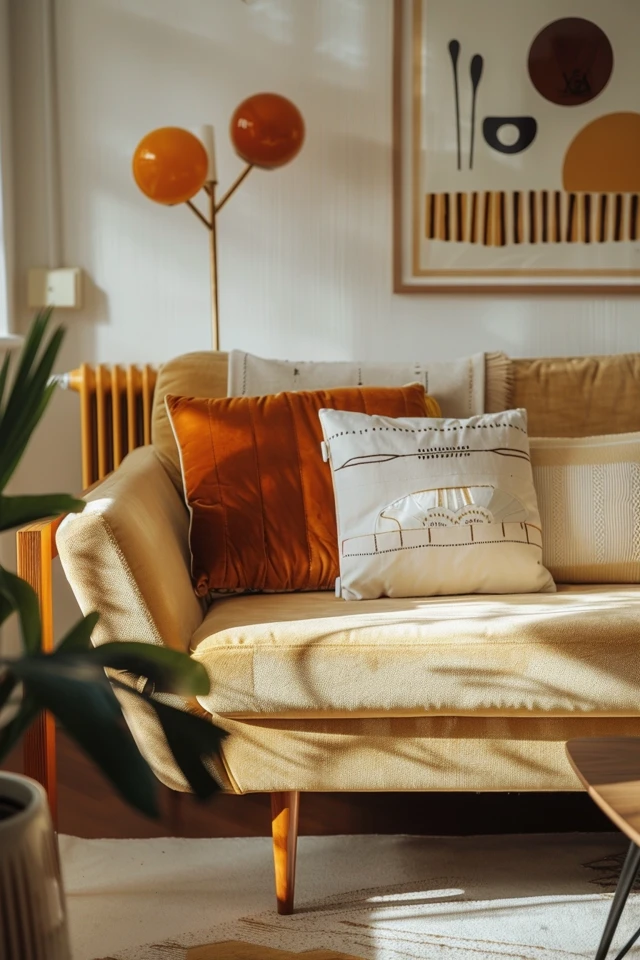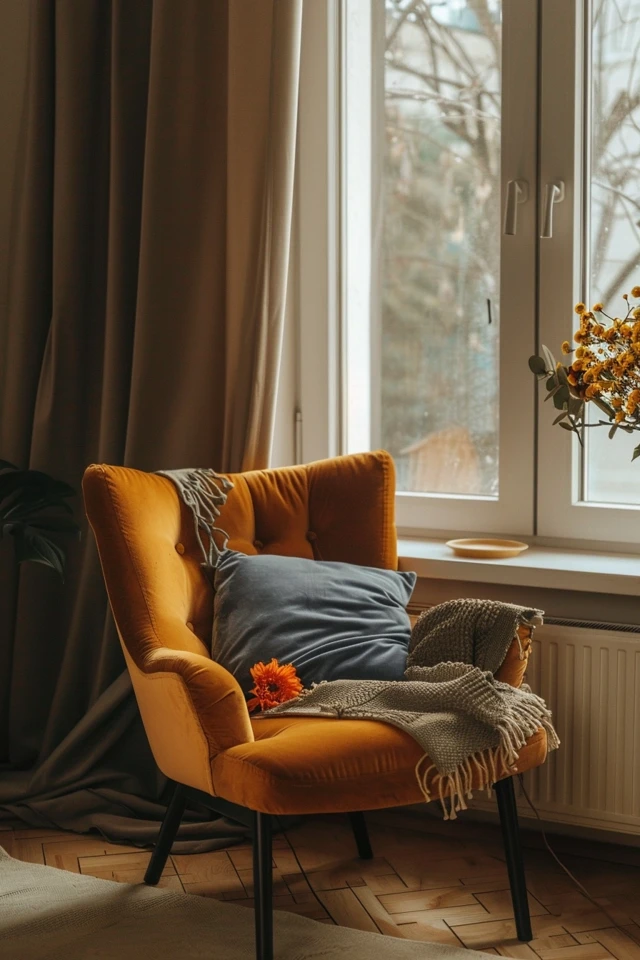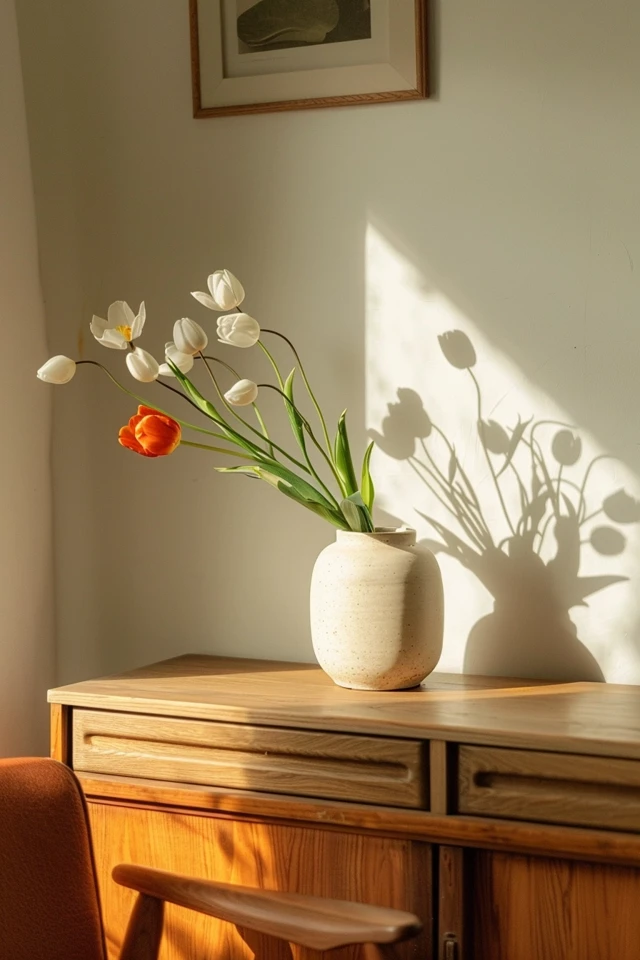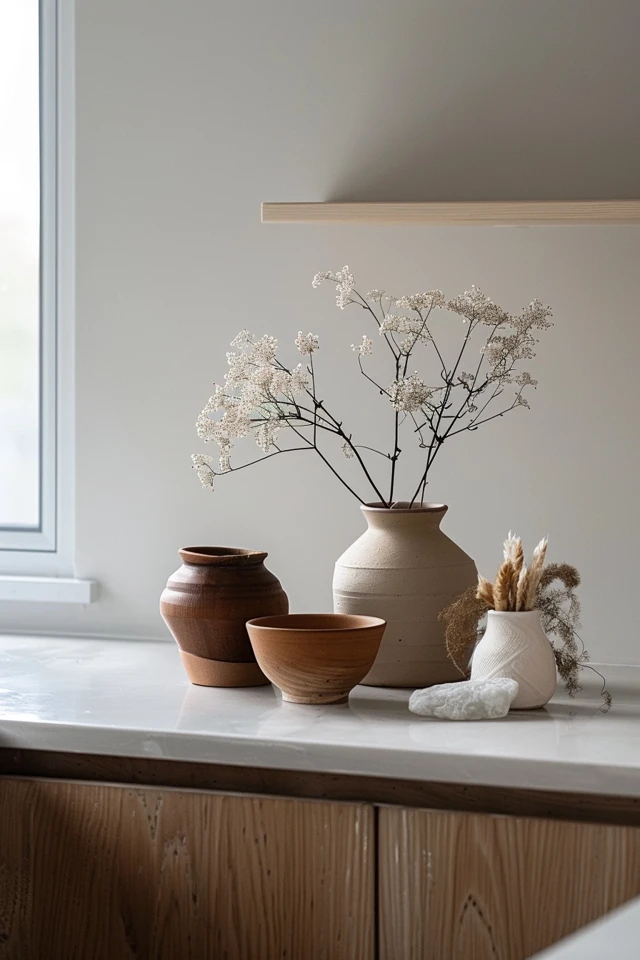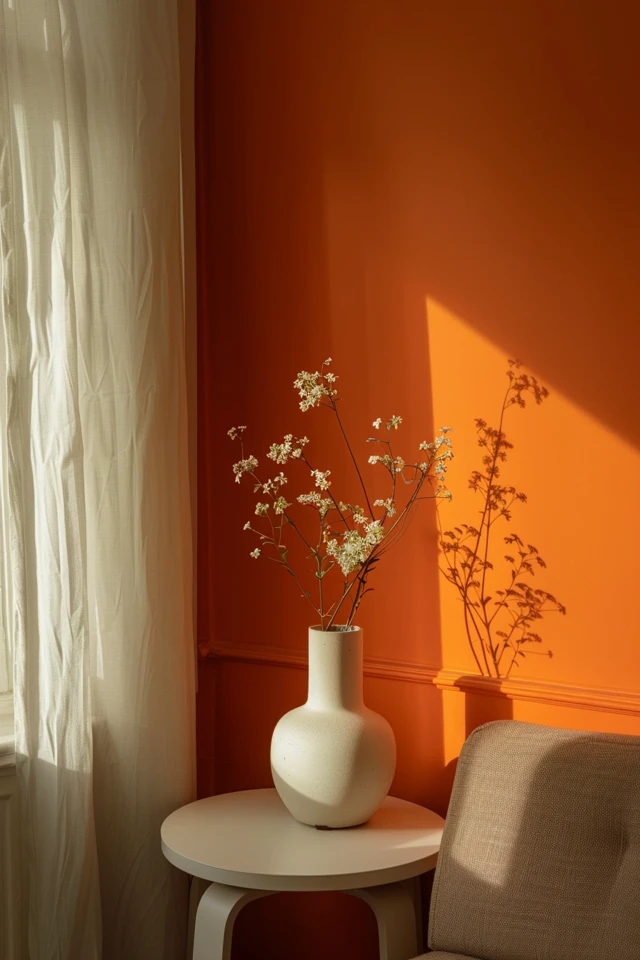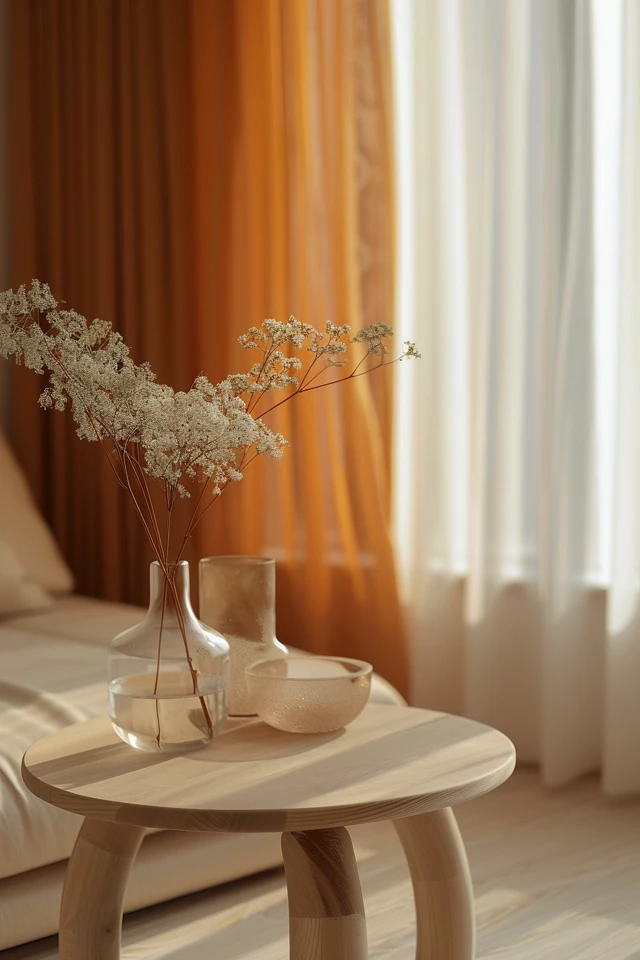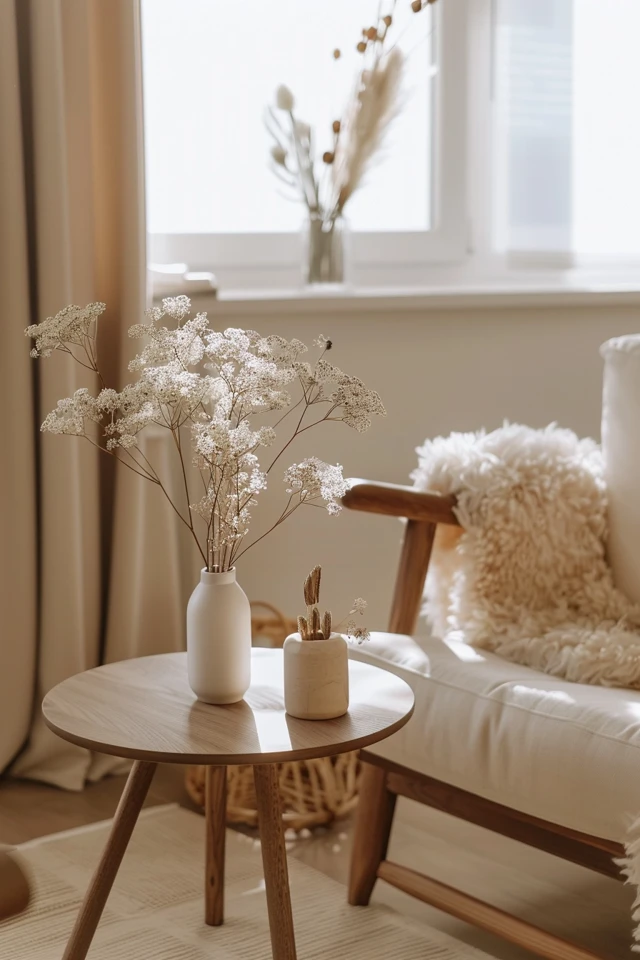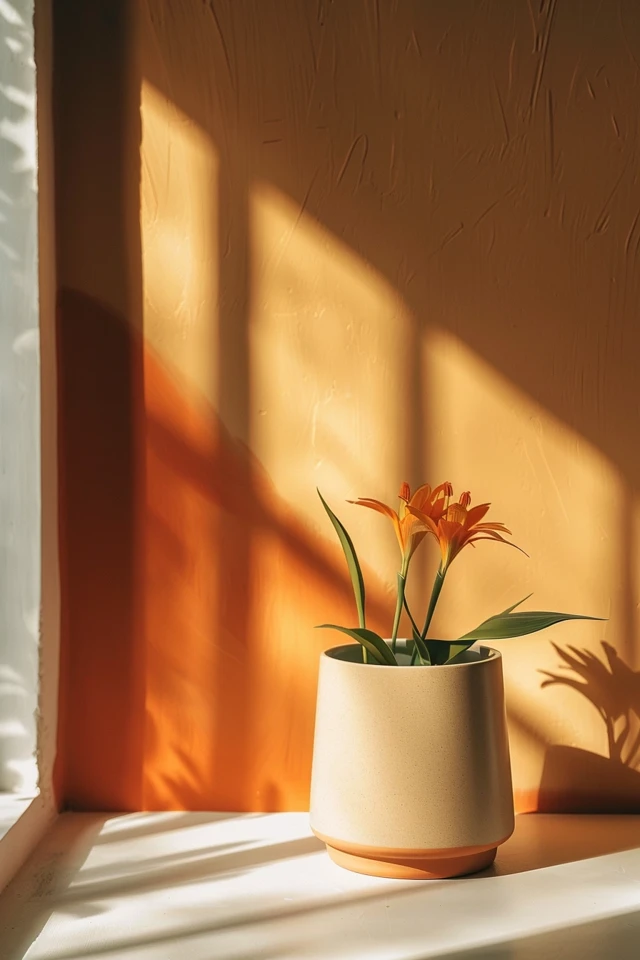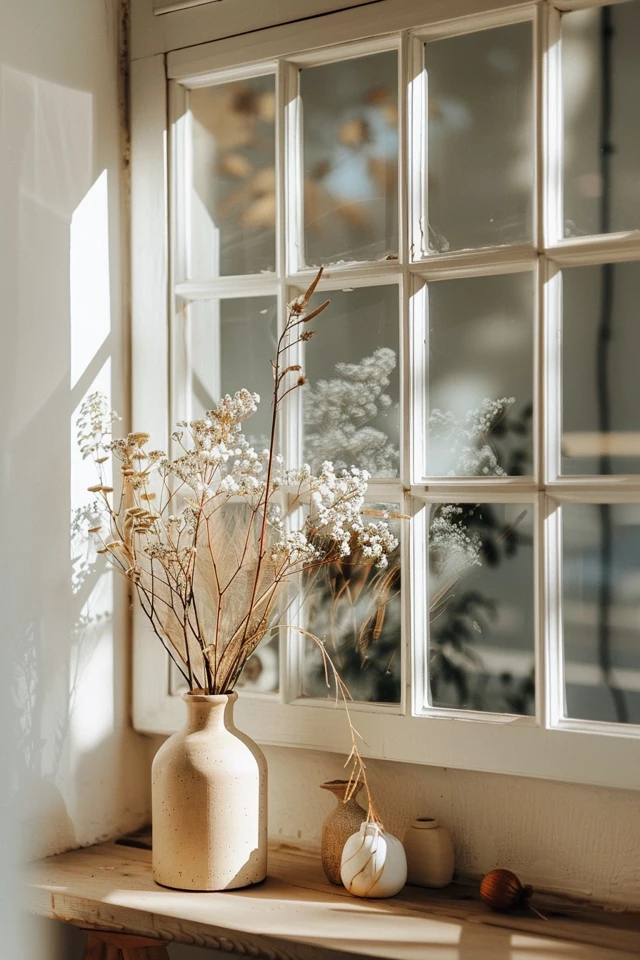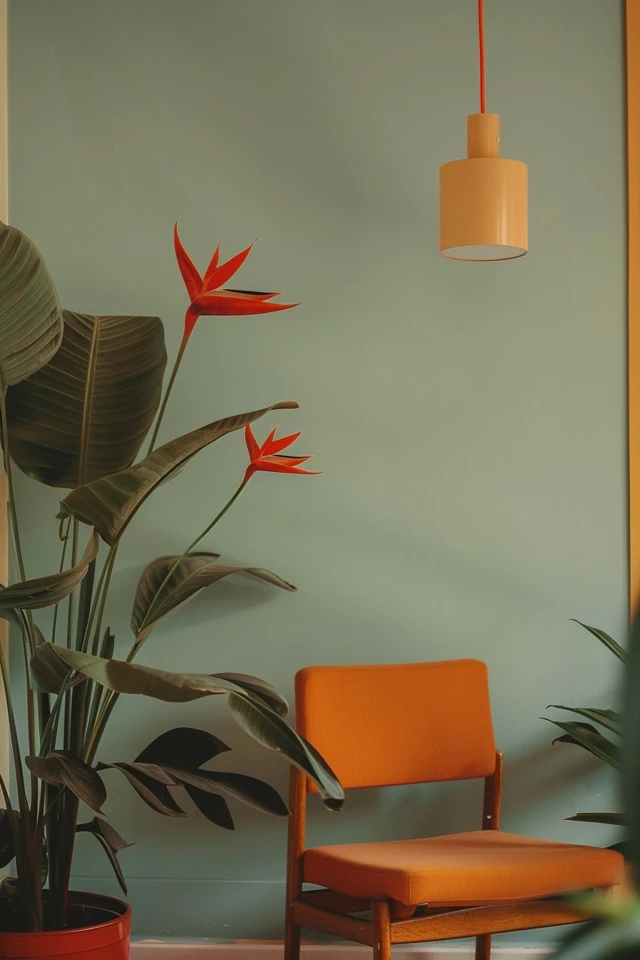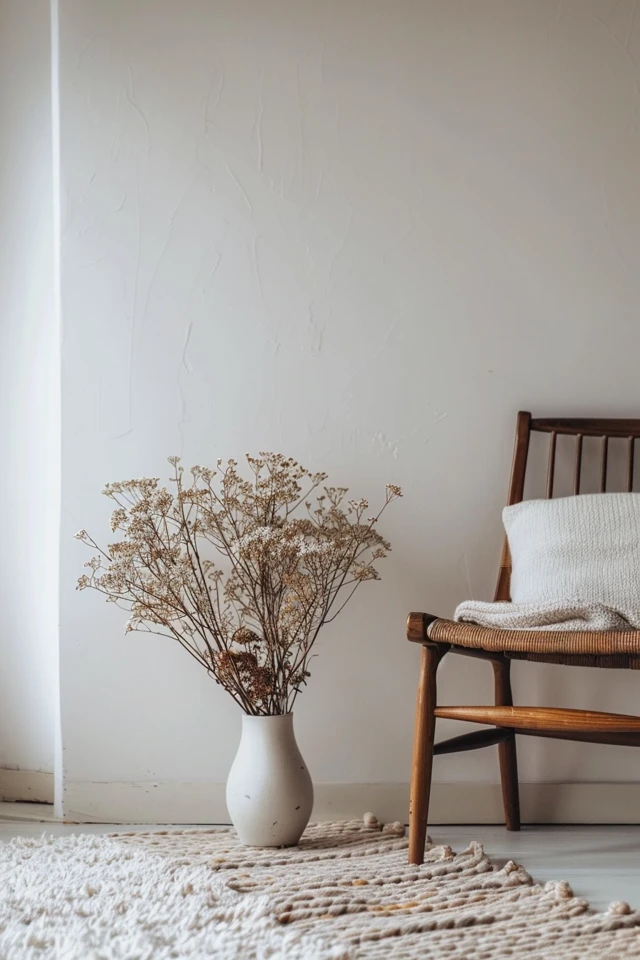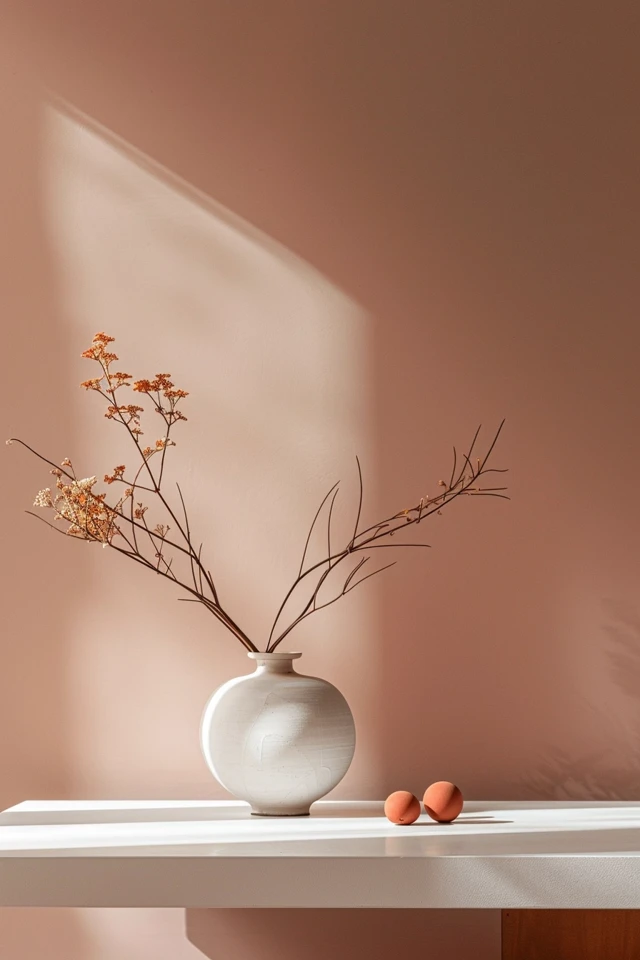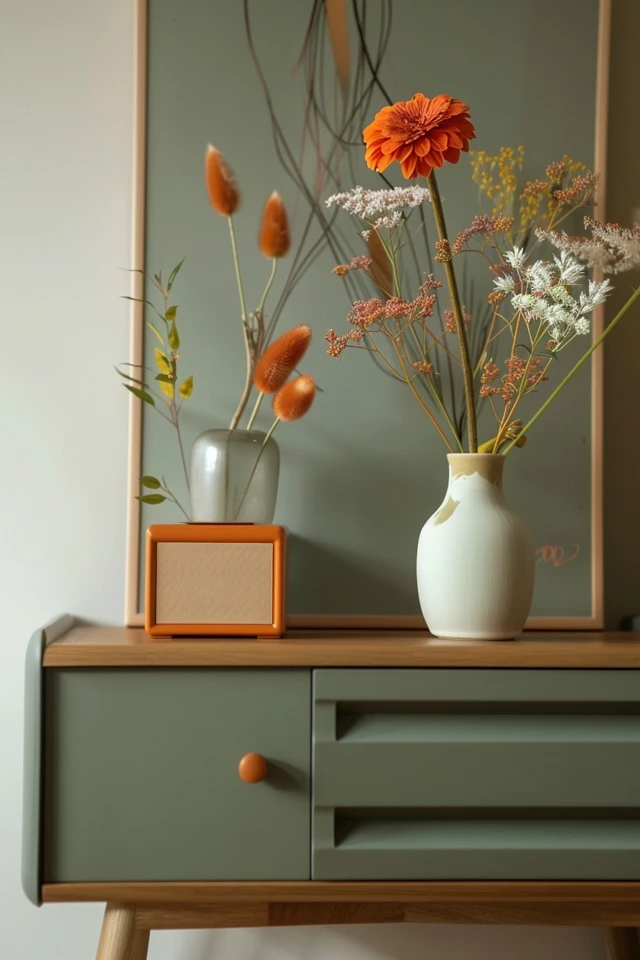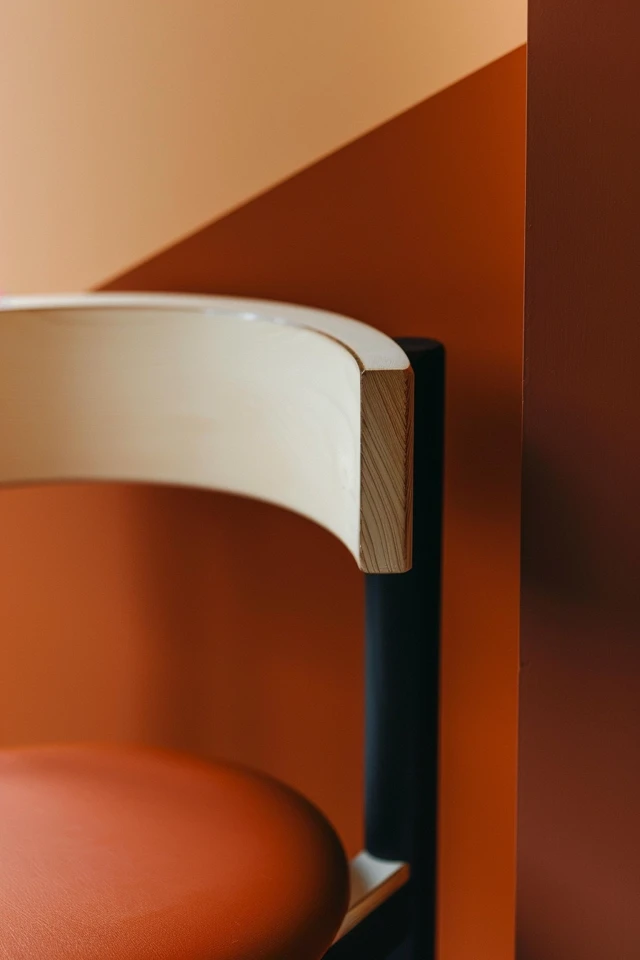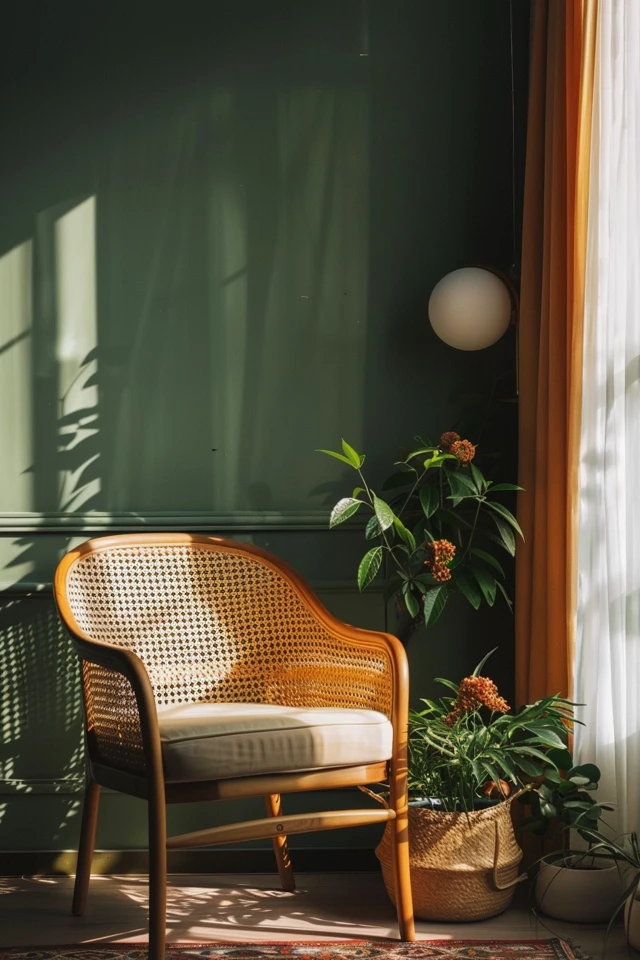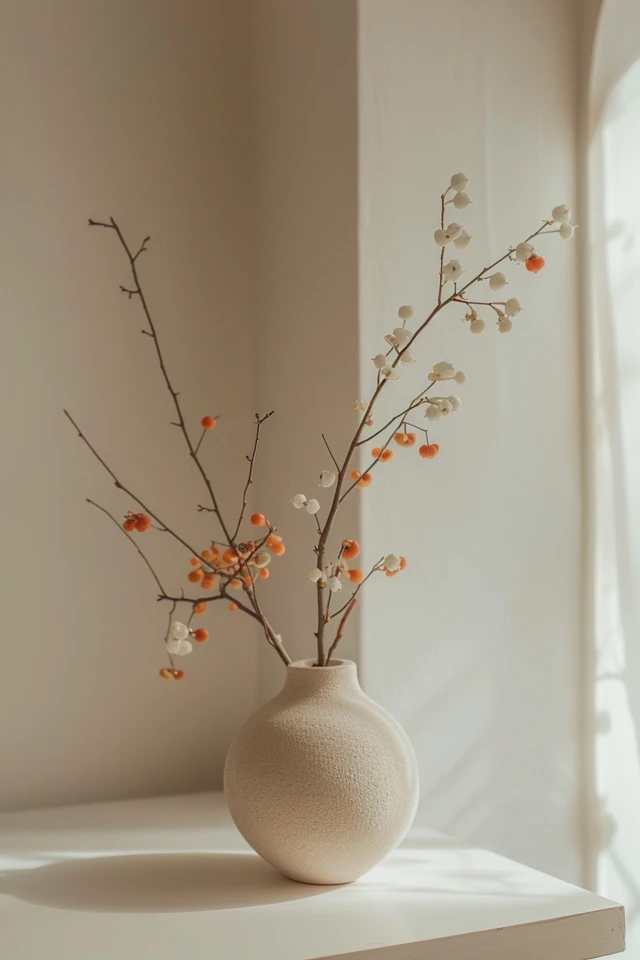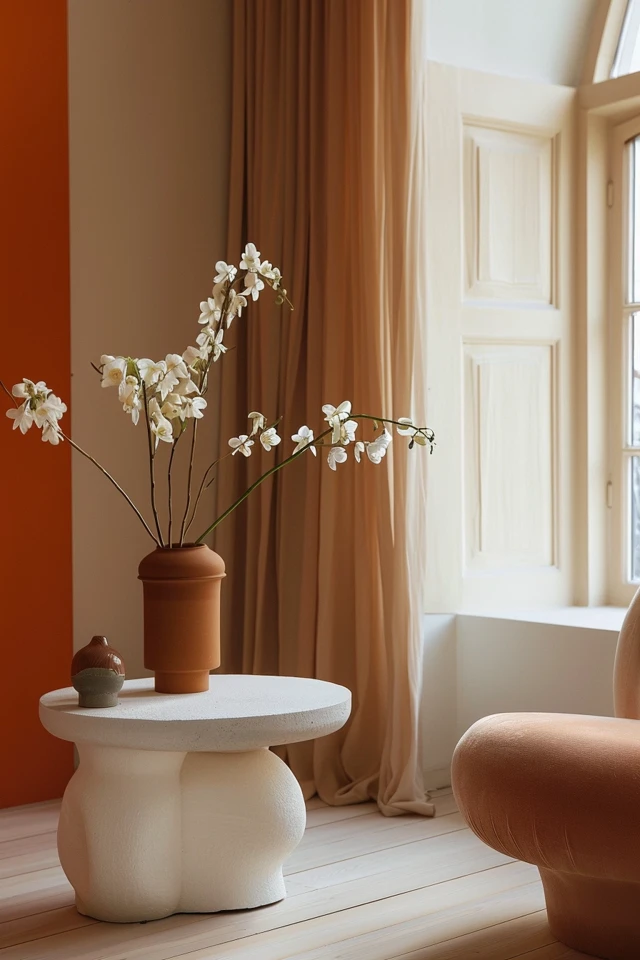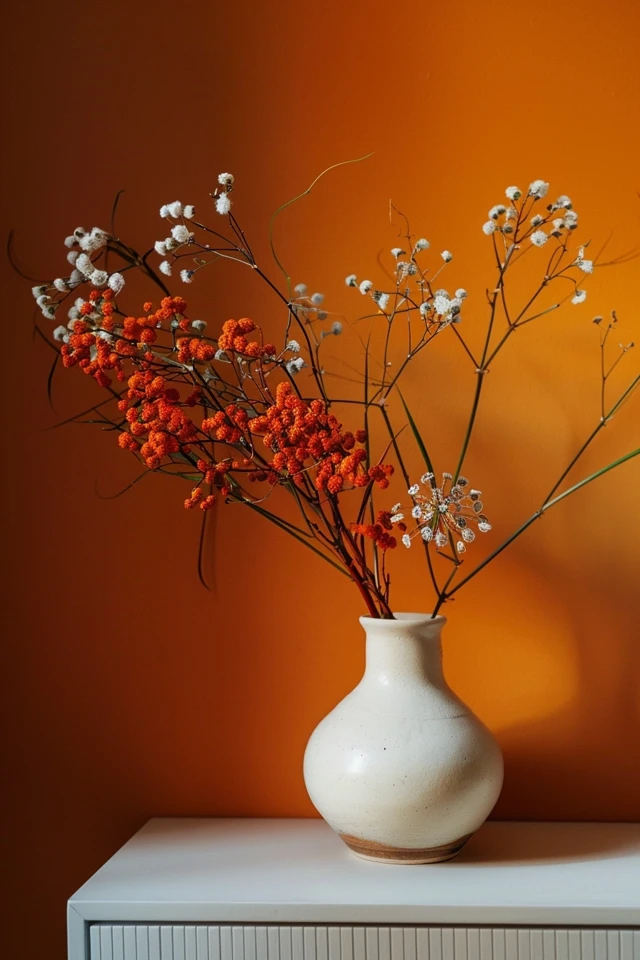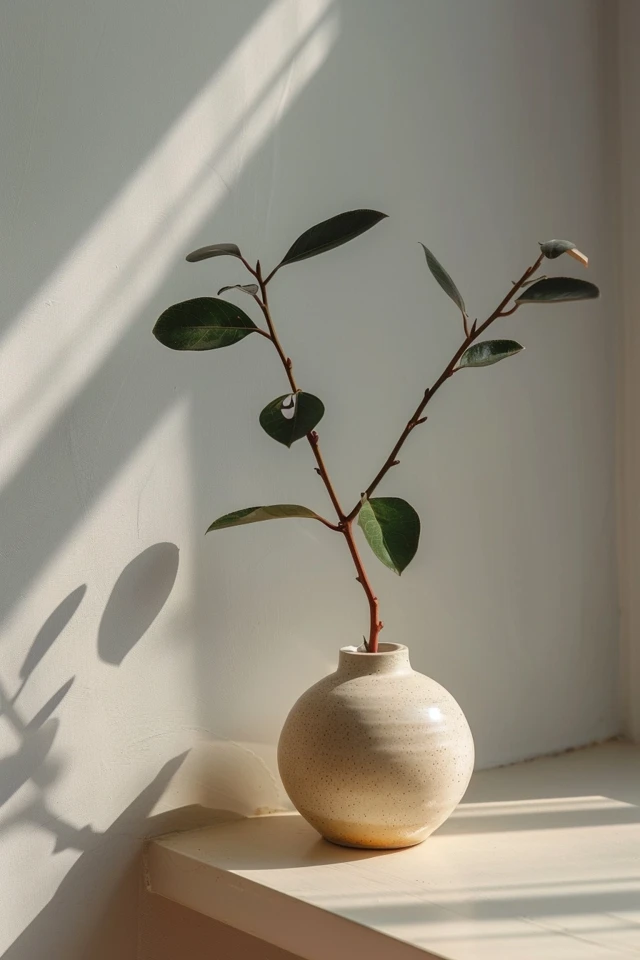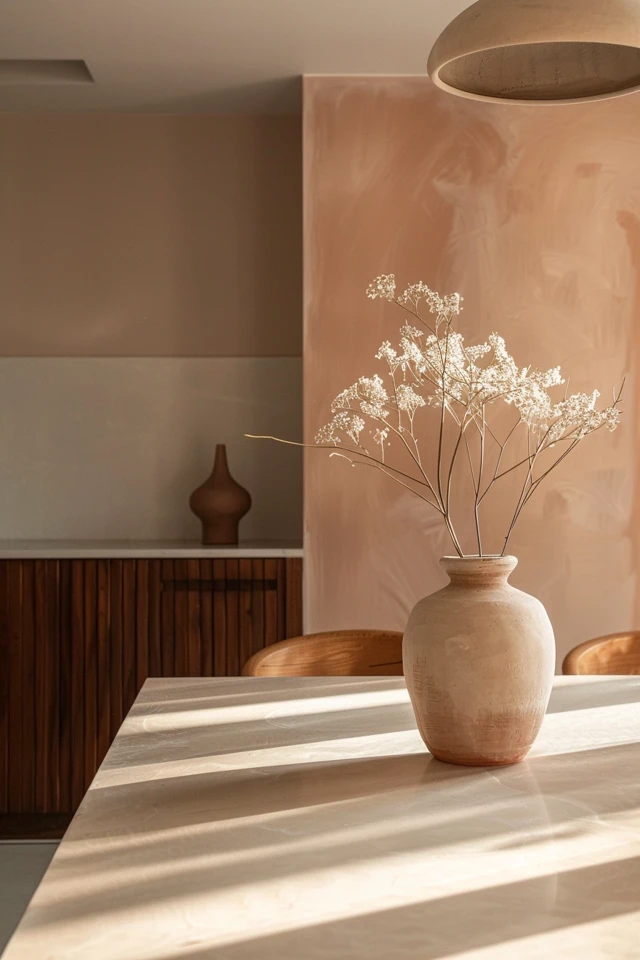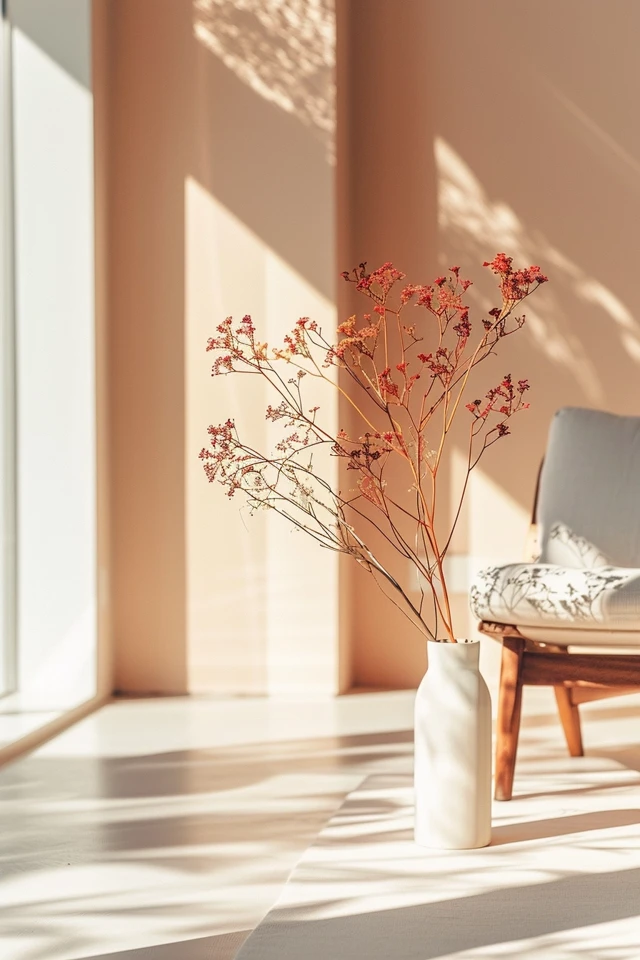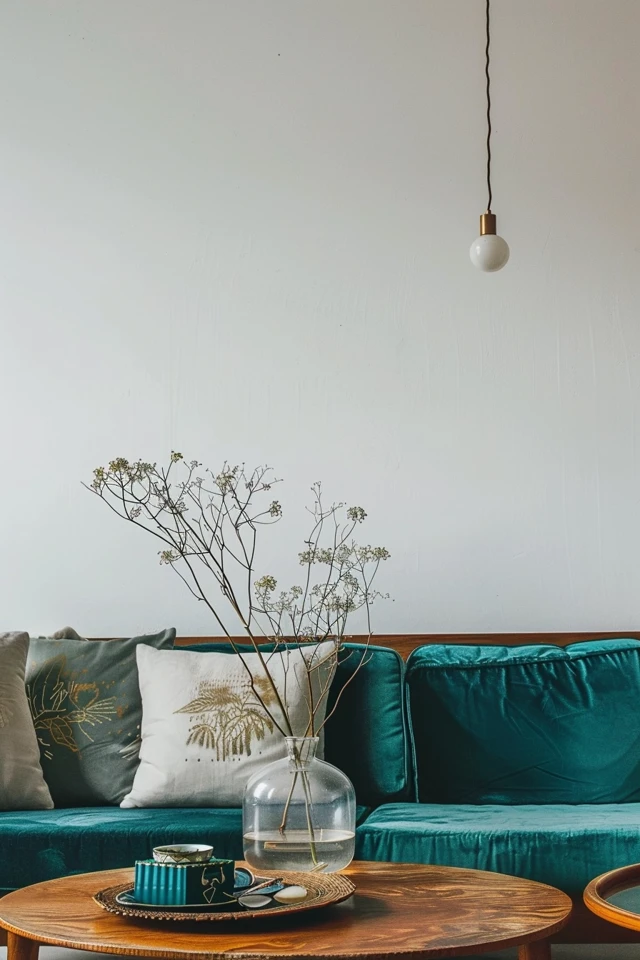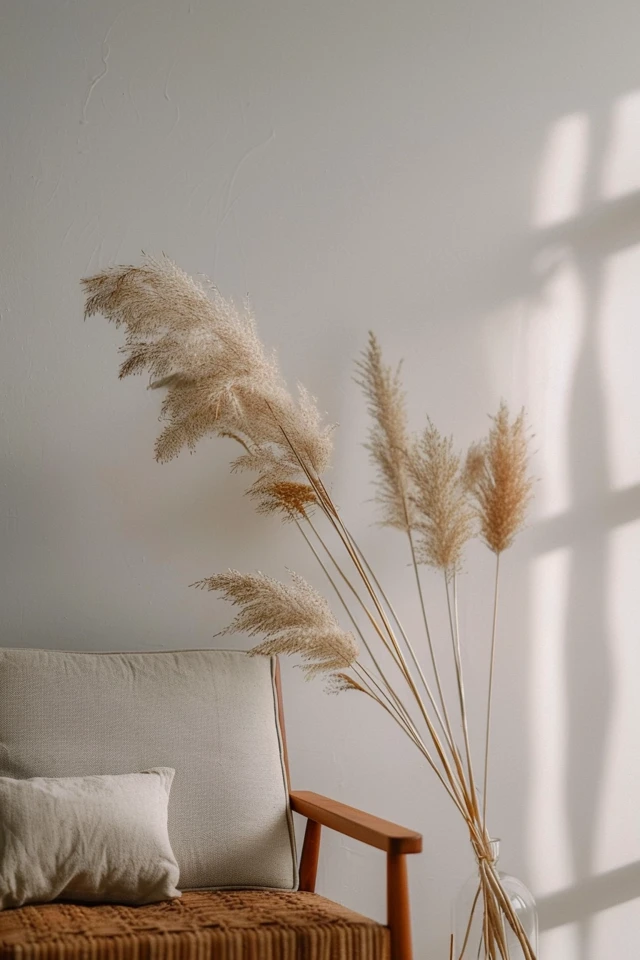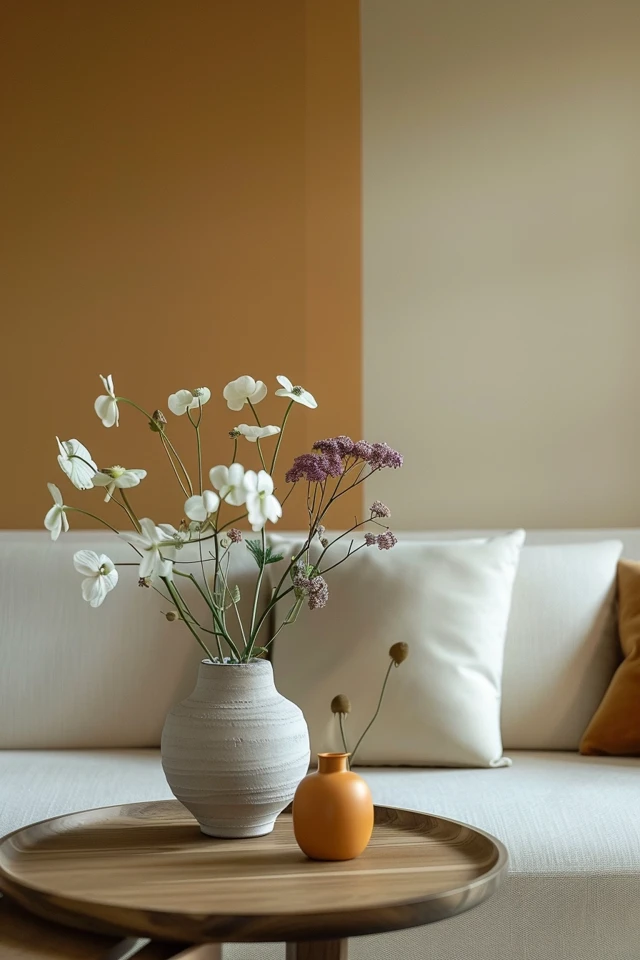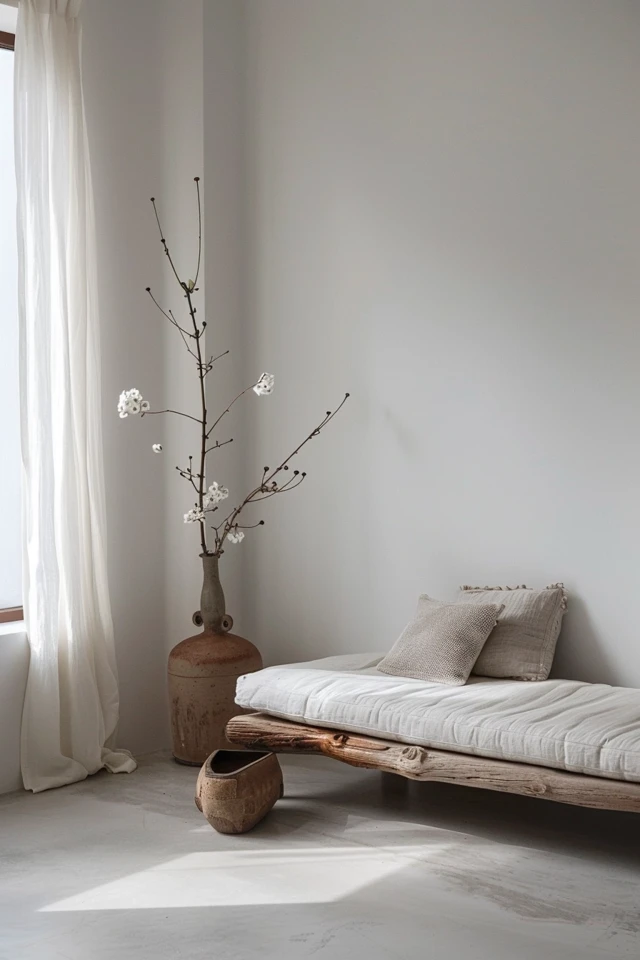Elegant Minimalist 70s Decor Ideas for a Retro Revival
The 1970s was a decade filled with vibrant colors, bold patterns, and a unique blend of styles that have recently made a comeback in modern interior design. Embracing the essence of 70s decor with a minimalist twist can create a sophisticated and stylish living space that honors the past while looking forward. As an architect and interior designer with expertise in evidence-based design, I’ve seen how elements from this iconic era can be seamlessly integrated into contemporary homes to create an elegant and nostalgic ambiance. This guide will explore minimalist 70s decor ideas to help you achieve a retro revival in your home.
Combining minimalist principles with 70s aesthetics involves selecting key elements that reflect the era’s charm while maintaining a clean and uncluttered look. Whether you’re updating a single room or planning a complete home makeover, these ideas will guide you in creating a stylish space that pays homage to the 70s. From color palettes and furniture choices to textures and accessories, we’ll cover everything you need to know to bring this timeless style into your home.
Creating a 70s-inspired minimalist decor involves more than just picking retro pieces; it’s about understanding how to balance nostalgia with modern design principles. By focusing on simplicity, functionality, and quality, you can create a living space that is both elegant and evocative of this vibrant decade. Let’s dive into the world of 70s decor and discover how to achieve a chic and minimalist retro revival.
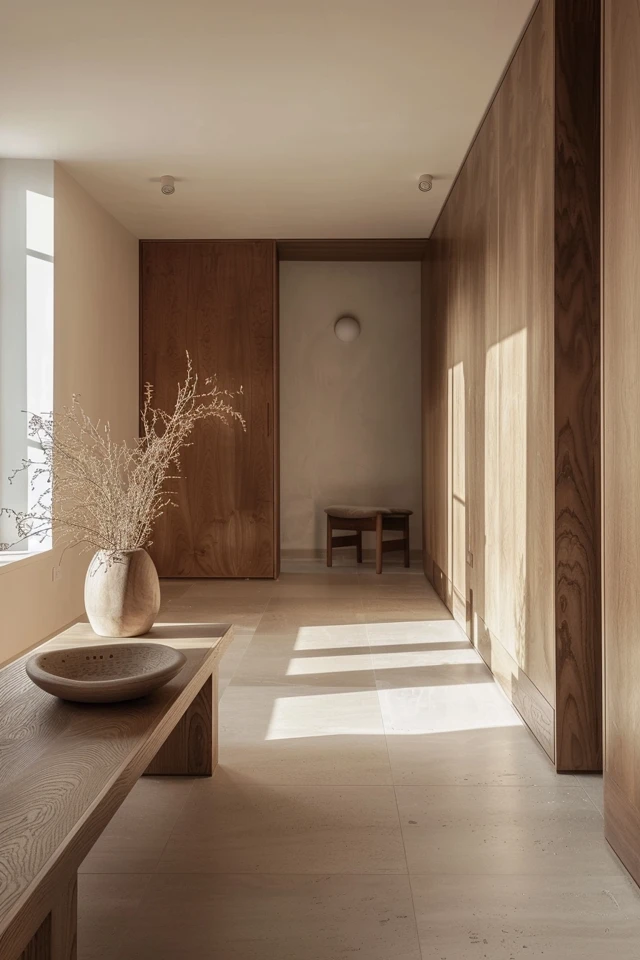
Key Takeaways:
- Incorporate iconic 70s colors for a nostalgic touch.
- Choose streamlined furniture with clean lines.
- Use natural materials to add warmth and texture.
- Integrate bold patterns in a subtle and elegant way.
- Add vintage accessories for an authentic retro feel.
1. Incorporate Iconic 70s Colors for a Nostalgic Touch
The color palette of the 70s is instantly recognizable, characterized by earthy tones, vibrant hues, and warm shades. Integrating these colors into a minimalist decor can evoke a sense of nostalgia while keeping the look modern and sophisticated.
Earthy Tones: Use earthy tones like mustard yellow, burnt orange, olive green, and brown. These colors can be incorporated through accent walls, furniture, and textiles to create a warm and inviting atmosphere.
Vibrant Accents: Add vibrant accents such as deep reds, electric blues, and vivid greens. These colors work well as pops of color in throw pillows, rugs, and artwork, bringing energy to the space without overwhelming it.
Warm Neutrals: Incorporate warm neutrals like beige, taupe, and cream. These colors provide a calming backdrop and balance the bolder hues, maintaining a minimalist aesthetic.
Monochromatic Schemes: Consider monochromatic schemes using different shades of a single color. This approach creates a cohesive look that is both modern and retro.
Metallic Touches: Integrate metallic touches with gold, brass, and copper accents. These elements add a touch of glamour and sophistication reminiscent of the 70s.
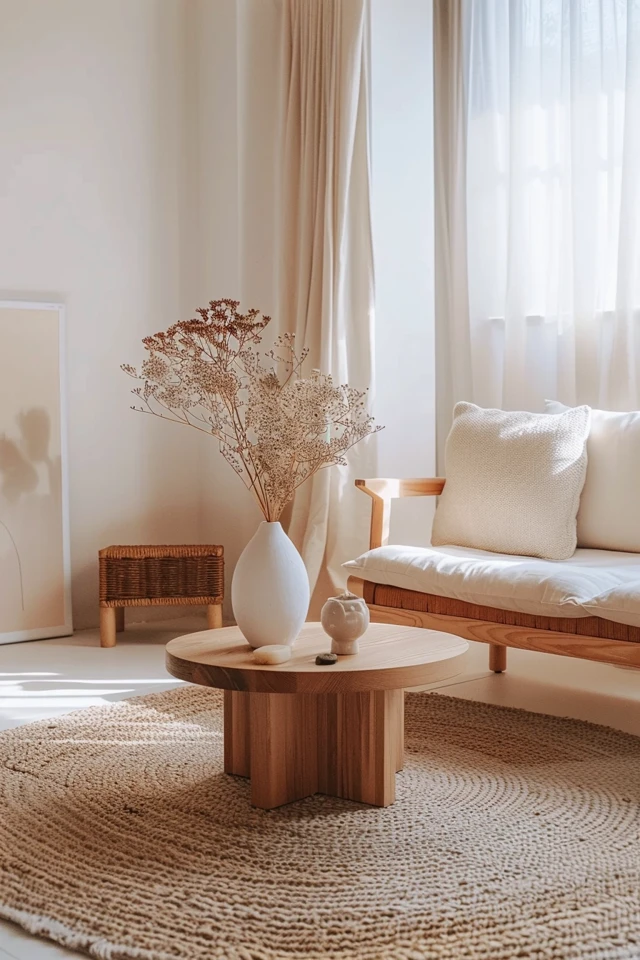
2. Choose Streamlined Furniture with Clean Lines
Furniture in the 70s often featured clean lines, organic shapes, and a focus on functionality. Selecting minimalist pieces that echo these characteristics can create a stylish and cohesive look.
Low-Slung Sofas: Opt for low-slung sofas with sleek lines and simple upholstery. These pieces provide comfort and a retro vibe without cluttering the space.
Tulip Tables: Incorporate tulip tables with their iconic pedestal base and round or oval tops. These tables are both functional and stylish, perfect for dining or coffee tables.
Mid-Century Modern Chairs: Choose mid-century modern chairs with ergonomic designs and tapered legs. These chairs add an element of sophistication and are perfect for living rooms or dining areas.
Modular Furniture: Use modular furniture that can be easily rearranged and customized. This flexibility allows you to create different layouts and maintain a minimalist look.
Floating Shelves: Incorporate floating shelves for storage and display. These shelves keep the floor space open and provide a clean, uncluttered look.
3. Use Natural Materials to Add Warmth and Texture
Natural materials were a significant part of 70s decor, adding warmth, texture, and a connection to the outdoors. Integrating these materials into your minimalist design can create a cozy and inviting atmosphere.
Wood Accents: Use wood accents in furniture, flooring, and wall decor. Opt for woods like teak, walnut, and oak, which were popular in the 70s for their rich tones and durability.
Rattan and Wicker: Incorporate rattan and wicker furniture and accessories. These materials add a natural, airy feel and are perfect for chairs, baskets, and light fixtures.
Stone and Brick: Use stone and brick elements for fireplaces, accent walls, and flooring. These materials add texture and a rustic charm to your space.
Natural Fibers: Incorporate natural fibers like jute, sisal, and cotton in rugs, curtains, and cushions. These materials add a tactile element and enhance the minimalist aesthetic.
Greenery: Add indoor plants to bring a touch of nature indoors. Plants like spider plants, ferns, and snake plants were popular in the 70s and add a fresh, vibrant feel to your space.
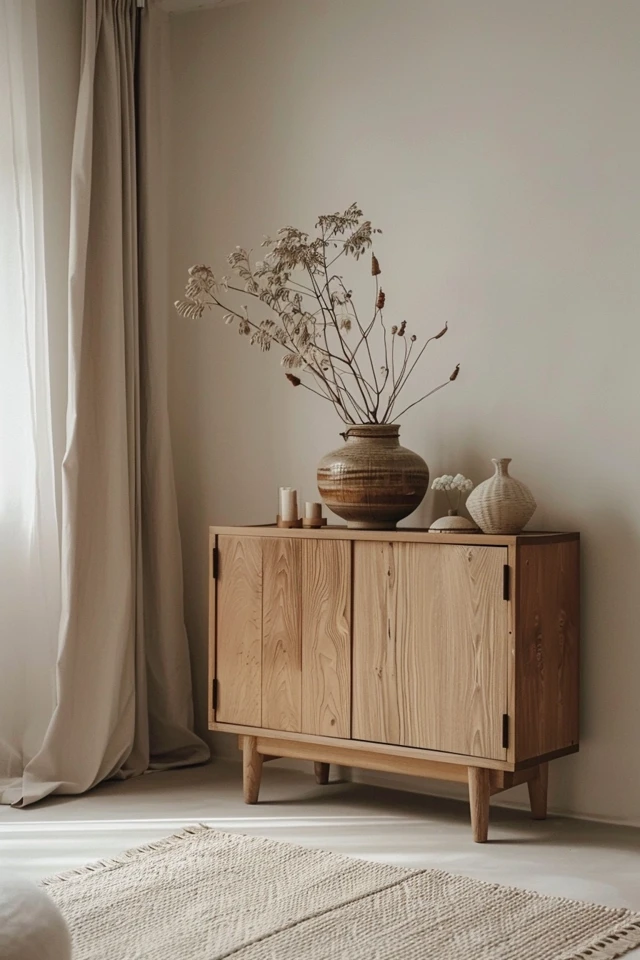
4. Integrate Bold Patterns in a Subtle and Elegant Way
Bold patterns were a hallmark of 70s decor, featuring geometric shapes, florals, and abstract designs. Incorporating these patterns in a minimalist way can add visual interest without overwhelming the space.
Geometric Patterns: Use geometric patterns in rugs, pillows, and wall art. Opt for simple, repetitive designs in muted colors to maintain a minimalist look.
Floral Prints: Incorporate floral prints in a subtle way, such as on a single chair or a set of throw pillows. Choose patterns with a limited color palette to keep the look cohesive.
Abstract Art: Use abstract art pieces with bold shapes and colors. These artworks can serve as focal points without cluttering the space.
Wallpaper Accents: Consider wallpaper accents with retro patterns on a single wall or within a niche. This approach adds a touch of 70s flair without overpowering the room.
Textured Fabrics: Integrate textured fabrics with patterns, such as boucle or tweed, for upholstery and cushions. These fabrics add depth and interest while keeping the overall design simple.
5. Add Vintage Accessories for an Authentic Retro Feel
Vintage accessories can bring authenticity to your 70s-inspired minimalist decor. Choose pieces that complement your overall design and add a touch of nostalgia.
Retro Lighting: Use retro lighting fixtures like globe pendant lights, arc floor lamps, and sputnik chandeliers. These pieces provide both function and style, enhancing the retro vibe.
Mirrors: Incorporate mirrors with vintage frames, such as sunburst designs or simple metal borders. Mirrors add light and the illusion of space, perfect for smaller apartments.
Record Players and Vinyl: Display a vintage record player and a collection of vinyl records. This setup not only adds a nostalgic touch but also serves as a functional entertainment piece.
Vintage Clocks: Use vintage clocks with bold designs and bright colors. These clocks add a retro touch and are both decorative and practical.
Decorative Objects: Add decorative objects like ceramic vases, brass sculptures, and macrame wall hangings. These items add personality and a touch of 70s charm to your space.
Conclusion
Creating an elegant minimalist 70s decor involves blending the vibrant and bold elements of the decade with the clean lines and simplicity of modern design. By incorporating iconic 70s colors, choosing streamlined furniture, using natural materials, integrating bold patterns, and adding vintage accessories, you can achieve a retro revival that is both stylish and sophisticated.
As an architect and interior designer, I believe that thoughtful design can enhance both the aesthetic appeal and functionality of a space. The minimalist 70s decor offers a unique blend of nostalgia and modernity, making it an ideal choice for those looking to infuse their homes with character and elegance. Whether you’re updating a single room or planning a complete home makeover, these ideas will help you create a living space that is both beautiful and meaningful.
Remember, the key to successful retro decor is to make it your own. By incorporating your personal style and preferences, you can create a home that not only looks great but also feels uniquely yours. Happy decorating!
Inspirational Pictures
